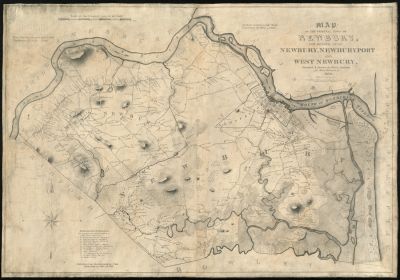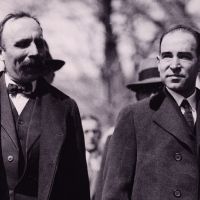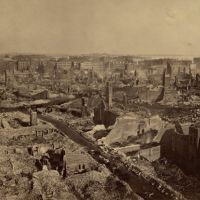Primary Source
EXECUTION OF STEPHEN MERRILL CLARK, WHICH TOOK PLACE ON WINTER ISLAND, SALEM,
ON THURSDAY, MAY 10, 1821
Yesterday, May 10, the sentence of death was executed upon Stephen Merrill Clark, in Salem, for the crime of arson committed in Newburyport the 17th of August last, by setting fire in the nighttime to a stable of Mrs. Phoebe Cross, from which the fire was communicated to and consumed the dwelling house of Andrew Frothingham, Esq…
…Arrived at the gallows he ascended the scaffold between the two Reverend gentlemen, when an address to the assembled spectators, written in his own hand, was read….
The Address
May the youth who are present take warning by my sad fate, not to forsake the wholesome discipline of a Parent's house. Had I took the advice of my parents, I never should have come to this untimely end; and I hope that my end will be a warning to you that are now present. May you all pray to God to give you timely repentance, open your eyes, enlighten your understandings, that you may shun the paths of vice, and follow God's commandments all the rest of your days: And may God have mercy on you all. To the world at large, I bid FAREWELL!
Salem Gazette, May 11, 1821.








